
This Model uses Images of car’s tyre to predict whether the tyre is Full or Flat or if no tyre is detected.
The Dataset contains 3 classes — :
1. Full Tyre
It contains Images of car Tyres who have proper air pressure and hence they are considered full. Here is an example of how a full tyre looks -:
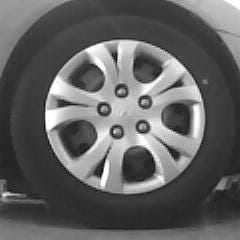
2. Flat Tyre
These tyres don’t have enough air pressure so they are flat i.e. they need to be filled again and checked or else it may become the very reason of an accident. Here is an example of how a flat tyre looks -:
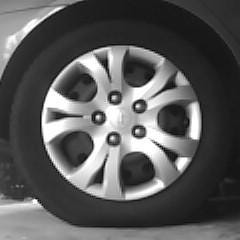
3. No- Tyre
These images represent the scenario when the image contains something else other than a tyre or it may not contain proper image of tyre. Here is an example of no- tyre class :-
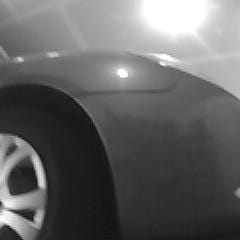
Here is a demonstration of how to build this model using Tensorflow and Keras using Python.
Importing Libraries
Loading the Dataset
Preprocessing
Model Building
Model Fitting
Plotting Accuracy of Model
Plotting Loss of Model
Predictions
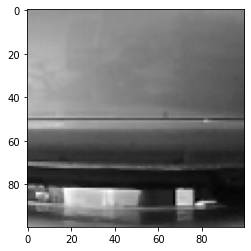
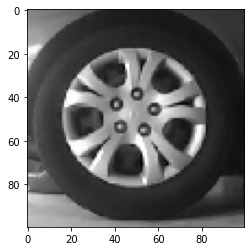
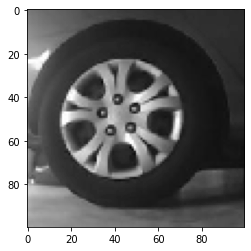
We can see that our Model is performing well which the Predictions are verifying also. Now we will save our Model.
Saving and deepCC
deepCC is a framework which converts the Deep Learning Models into an executable file which can be used in IOT devices like Arduino, MCU’s, etc.
Here is the link for the Notebook — Click Here
Thank you for reading this article, have a great day!
Credit: Tanmay Mishra
You may also be interested in
- Learning more about Road Crack Detection
- Reading about Parkinson’s Disease Detection using Spiral Drawings and CNN
- Also Read: Driver Drowsiness Detection using CNN
- Finding out about Convolutional neural network, the brain-inspired algorithms revolutionizing how machines see and understand the world around us
Become a Contributor: Write for AITS Publication Today! We’ll be happy to publish your latest article on data science, artificial intelligence, machine learning, deep learning, and other technology topics.
